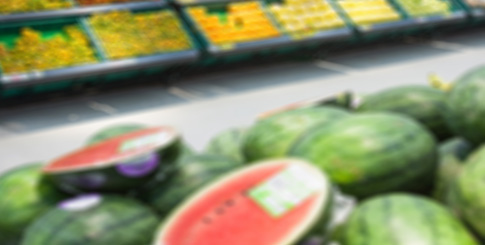Fan or foe, Amazon’s invasion of the grocery world sent shockwaves through the food industry. Though the impact varies along the produce supply chain, the big question is whether this ecommerce revolution will be good for consumers—but bad for everyone else.
So buckle up as we explore this new universe, detailing Amazon’s approach and its effects—intended or otherwise—on the buyers, sellers, and consumers of fresh and prepared fruits and vegetables.
Bold Moves
Amazon finalized its $13.7-billion purchase of natural and organic grocer Whole Foods Market in August 2017. The acquisition marked a high-profile step in Amazon’s 10-year journey to remodel consumer food and beverage purchasing.
In the decade since its AmazonFresh delivery service debuted in Seattle in 2007, the company has steadily moved forward with its food/retail upheaval. Testing and rollouts include click-and-collect grocery kiosks; Amazon Go’s cashierless pay platform; Prime Pantry, featuring a wide range of food and household products; and adding a myriad of groceries to its Prime Now same-day delivery service.
In addition, there’s Amazon Key, delivering perishables directly into purchasers’ homes (to mixed reviews), and a deal with cooking website AllRecipes so users can select a recipe, generate a shopping list, link to Amazon, and order all the necessary ingredients for same-day delivery.
Collectively, these actions have enabled Amazon to expand its position in bricks-and-mortar retail as well as in groceries. As of the end of last year, Amazon accounted for 18 percent of online food and beverage sales in the United States according to Rockville, MD-based market researcher Packaged Facts—and the Whole Foods deal represents a major part of this process.
Elephants, Gladiators, and Fear
To gain perspective, the acquisition of Whole Foods also needs to be viewed in the prism of overall grocery industry trends. Ecommerce sales have been exploding across the board, commanding a projected share of 12.9 percent of U.S. retail sales in 2017, with a 17 percent share expected by 2022 according to Forrester Research in Cambridge, MA.
Such growth is attributable to a chan-ge in consumer attitude, as most are no longer reticent to buy a broad variety of goods online.
“Food is a natural extension of this trend,” comments Bruce Peterson, formerly a longtime executive at Walmart and currently president of Peterson Insights, Inc. in Fayetteville, AR.



